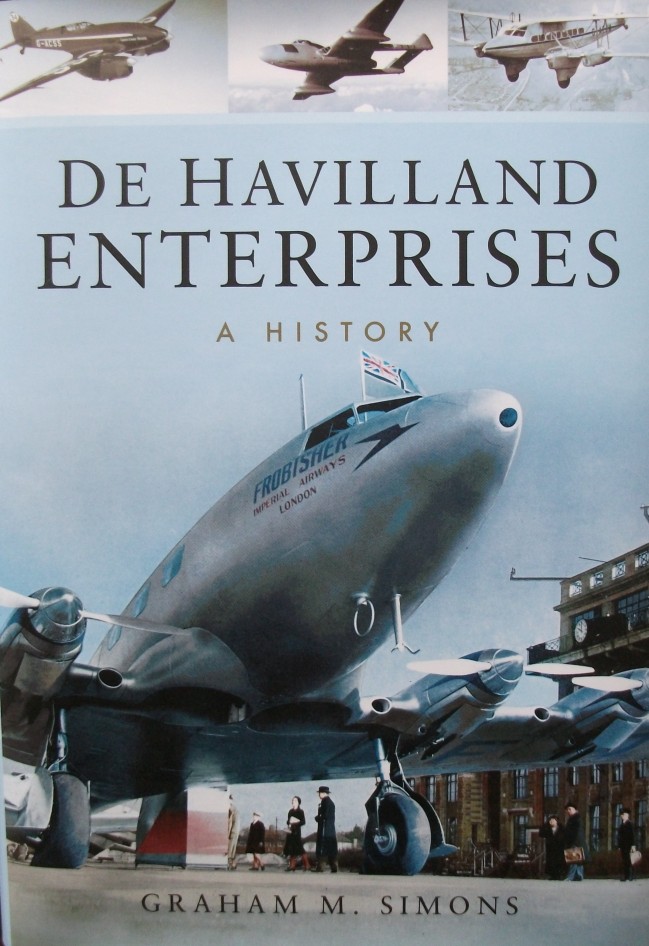
BOOK REVIEW
Reviewer: Michael Keith
Title: Duel Under The Stars: The Memoir of a Luftwaffe Night Pilot in World War II
Author: Wilhelm Johnen
Total Number of Printed Pages: 320
Rating Scale (1: Very Poor, 10: Excellent): 8
____________________________
In his Foreword to this volume, James Holland (According to the book’s dust-jacket fly-leaf; ‘…An award-winning and internationally acclaimed historian, writer and broadcaster’), states ‘The best war memoirs are those that feel honest and appear to be written as a cathartic process rather than for a specific audience. They are not so obviously self-conscious and the writer and his voice emerge as a clearly-defined and real character’. This is one of those memoirs. Holland continues ‘ This…book paints a…picture of what it was like to be at the coalface of the Allied bomber onslaught and reminds us of the unquestioned courage of the Luftwaffe crew sent to meet this menace’. It is an excellent summation.
This volume is a reprint of an English-language edition first published in 1957. It is prefaced by the previously-mentioned Foreword and is followed by 19 Chapters of varying length. While Chapter One (The First Kill By Night) provides historical background for German night-fighting operations, it simultaneously introduces the author to the reader and recounts his first ‘adventures’ in night flying. In the Chapters that follow, the author takes the reader from his first aerial combat to his final operations and the end of World War II in Europe. In between these events (and to again quote Holland), what emerges is ‘Fascinating…and perhaps surprisingly humane…’ It is indeed both of those things. Although The Contents page contains no mention of their existence, the volume contains four ‘blocks’ of unsourced black and white photographs. Three of these are of aircraft-types, personnel and technologies relevant to the narrative, the fourth being of the author’s contemporary night-fighter pilots and commanders. No Maps or Index are provided and the volume contains no Technical Specifications or Three-view drawings of the aircraft-types the author flew.
For this reviewer, the volume was let down by its lack of both Index and Maps. An Index would have simplified searching for places, personnel, aircraft-types and events within the narrative. As there are many of these, the absence of an Index means that searching for a specific object (with no guarantee of success) becomes analogous to seeking the proverbial needle within a haystack. It is unfortunate that the opportunity was not taken to create such an entity (an Index) prior to republication. In addition (and as many of the locations mentioned within the volume underwent name changes in the Post-World War II period), Maps showing where the author served (with appropriate post-war modifications) would have been helpful. The volume’s narrative ends abruptly on 28 April 1945 with the cessation of hostilities in Europe. Not-unreasonably, a reader might wonder ‘What happened next; what became of the author’? Despite there being no indication of Herr Johnen’s fate within the book itself, the dust jacket flyleaf indicates that he did in fact have a ‘Life after the War’. As dustjackets can frequently become lost, it is regrettable that this ‘fly-leaf’ information was not printed as an Addendum to the larger narrative. Specifications and Three-view drawings of the aircraft-types flown by the author would have been both useful additions to the volume and helpful to the narrative, although it is appreciated that this information may not have been available at the time of original publication.
It is probable that this volume will have wide appeal. Readers with an interest in the World war II-era Luftwaffe (especially in night operations against the Royal Air Force), military aviation or World War II in general may find it of interest. Aircraft modellers may also find the photographs a useful resource, while those seeking an undemanding, well-written and easily-read ‘War Book’ may also find it an enjoyable read.
On a Rating Scale where 1: Very Poor, 10: Excellent, I have given this volume an 8.
________________________________


